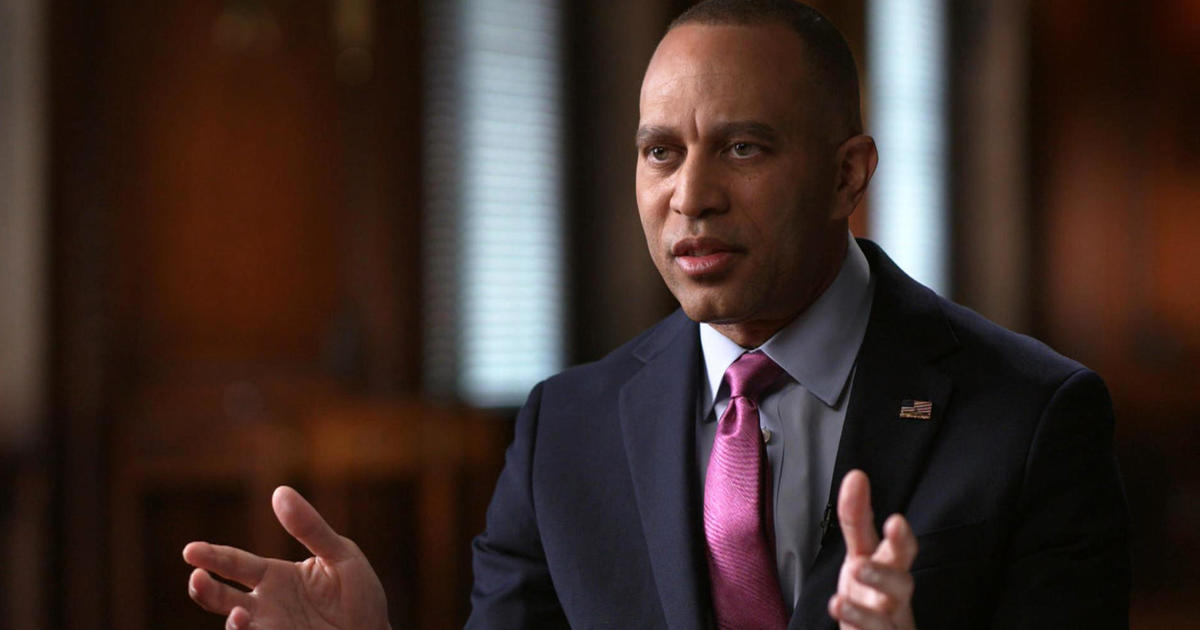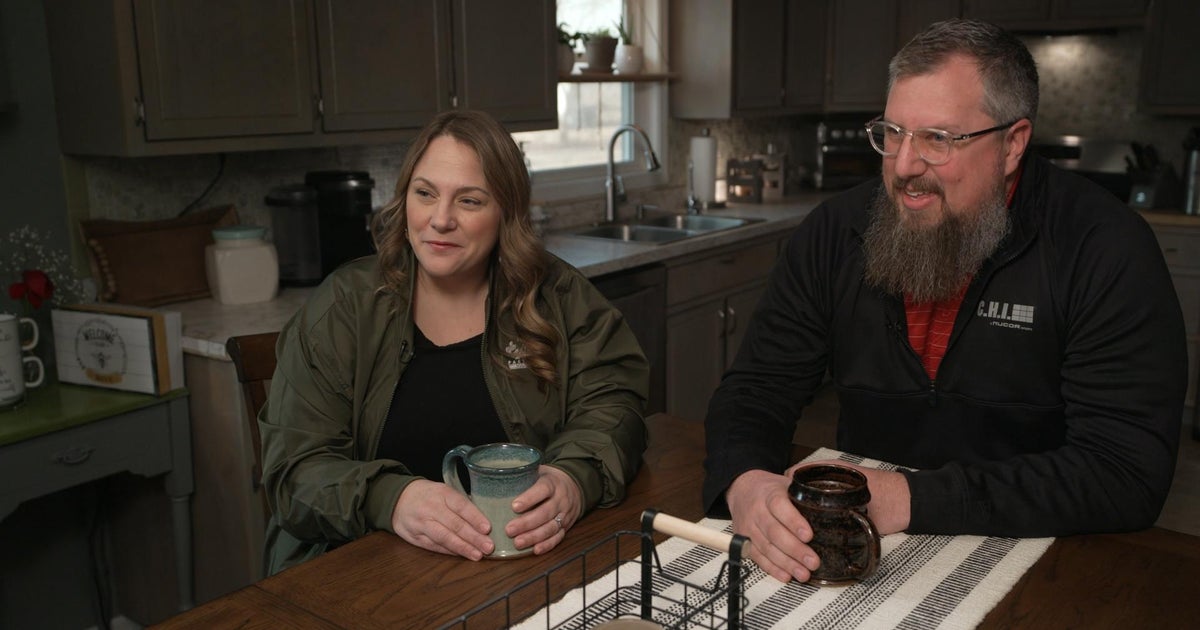From the archives: Looking for the lost Leonardo
It's been half a millennium since the world lost its first true Renaissance man: Leonardo da Vinci died 500 years ago this month. After his death in 1519, the world also lost one of da Vinci's masterpieces. "The Battle of Anghiari" disappeared in the mid-1500s, creating a mystery that has endured for centuries in the art world.
In 2008, 60 Minutes correspondent Morley Safer reported on the mystery of "The Battle of Anghiari," an immense, unfinished mural. As Safer reported, scholars know what "The Battle of Anghiari" looked like from fragments of Leonardo's sketches and copies his admirers made before the mural disappeared. The painting celebrated a victory by Florence over Milan, depicting men and horses tangled in the fever of war. The mural, which the republican government of Florence commissioned da Vinci to paint in 1504, was a masterpiece of its time.
But after da Vinci's death, the work disappeared. Scholars assumed the work had been destroyed, painted over, or had simply faded away.
Then, after decades of battling skepticism and bureaucratic resistance, an art detective named Maurizio Seracini told 60 Minutes he could solve the mystery of its disappearance. The mural hadn't been lost at all, he told Safer—it's right where it had always been for 500 years.
Seracini believed the mural still existed in the Palazzo Vecchio, Florence's town hall, and was protected behind an immense mural painted by the artist and architect Giorgio Vasari when he remodeled the palazzo in the mid-16th century, some 50 years after da Vinci.
Using a radar, Seracini detected a gap behind one of Vasari's six murals in the room—and he believes da Vinci's work is beyond that gap.
"Why would you have an air gap just there, other than you don't want to place a wall directly in contact with Leonardo's mural because you don't want to ruin it, you don't want to damage it," Seracini told Safer. "He left that air gap enough so that today we can have this masterpiece."
Years after Safer's 60 Minutes report, Seracini and his researchers drilled tiny holes in Vasari's fresco and inserted an endoscopic probe to film inside. They also retrieved samples of paint. According to The Guardian, Seracini said the paint was similar to that used by Leonardo for the Mona Lisa, which he claimed proves that "The Lost Leonardo" is concealed beneath.
However, the search ended shortly after. In summer 2012, local art authorities turned down Seracini's request to drill new holes, which effectively shut down his search. "Now we have lost an opportunity," he told the New York Times.



